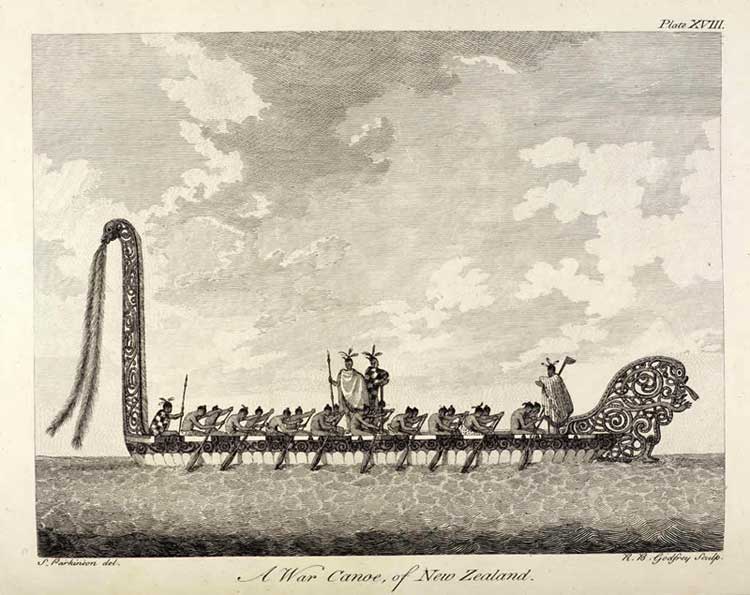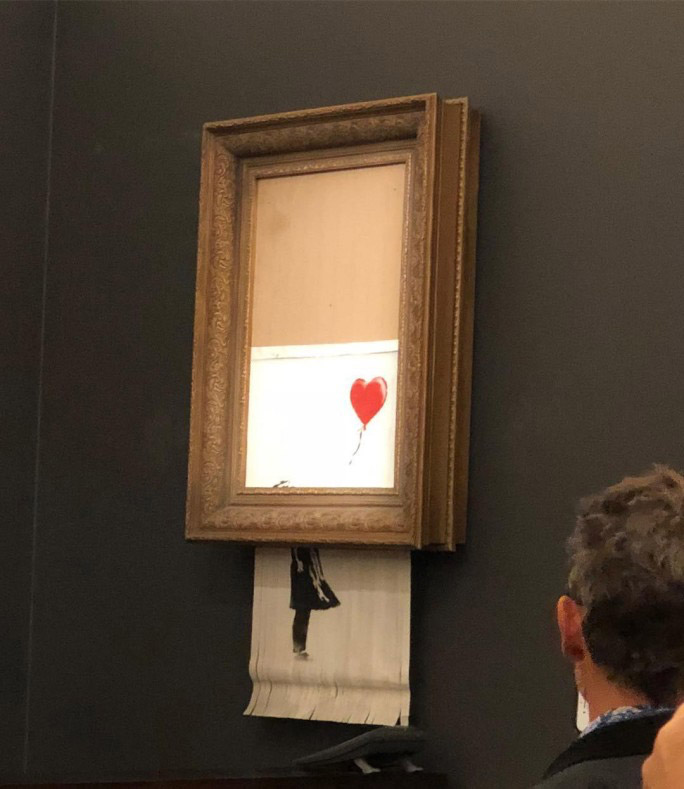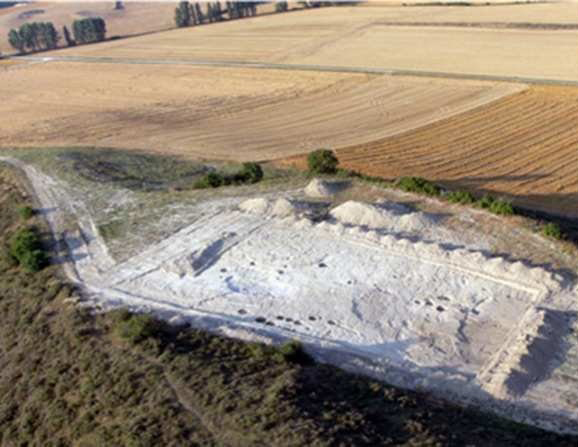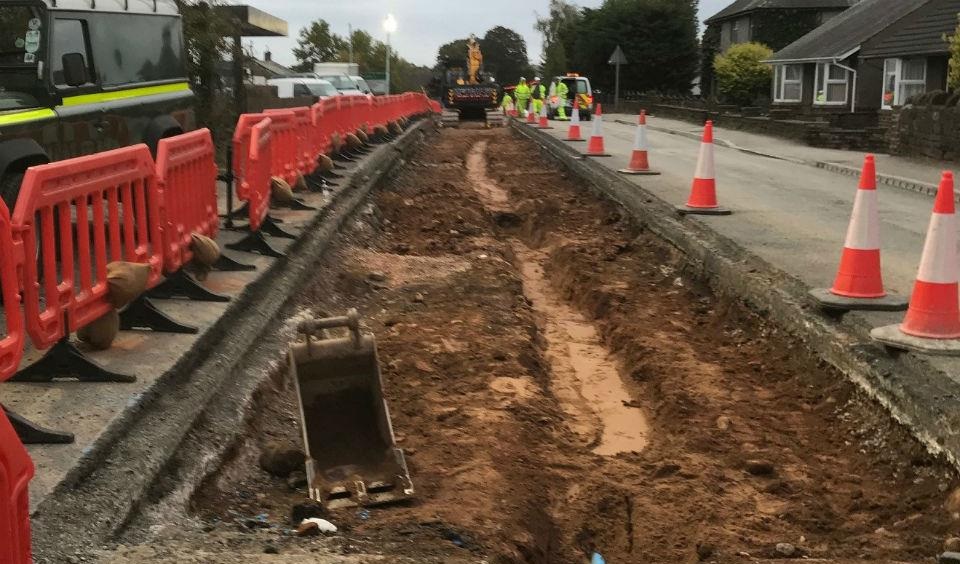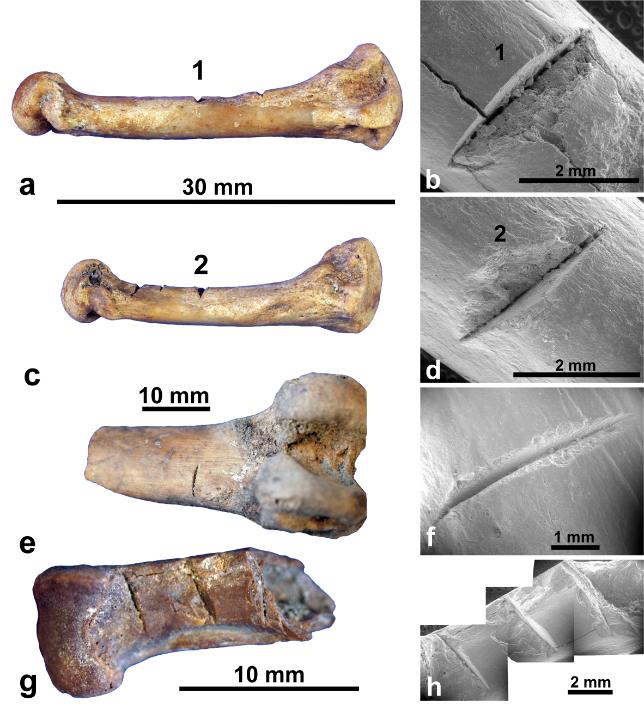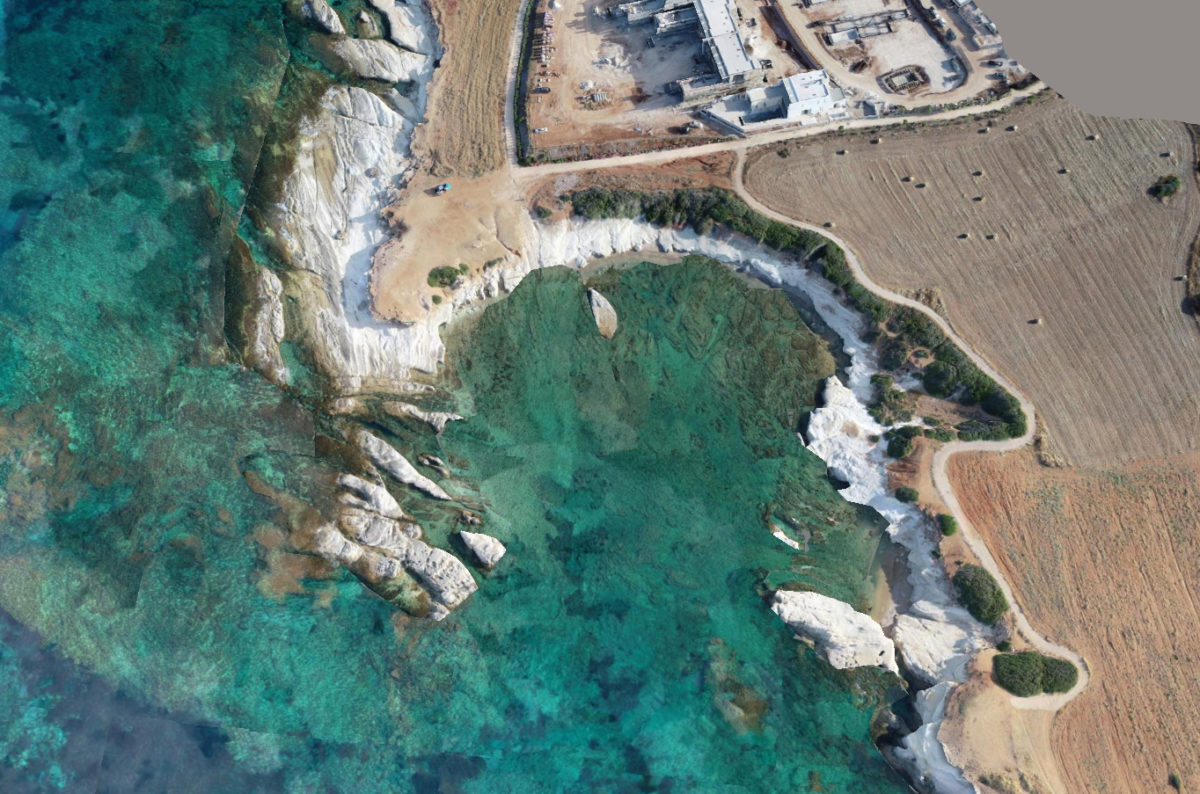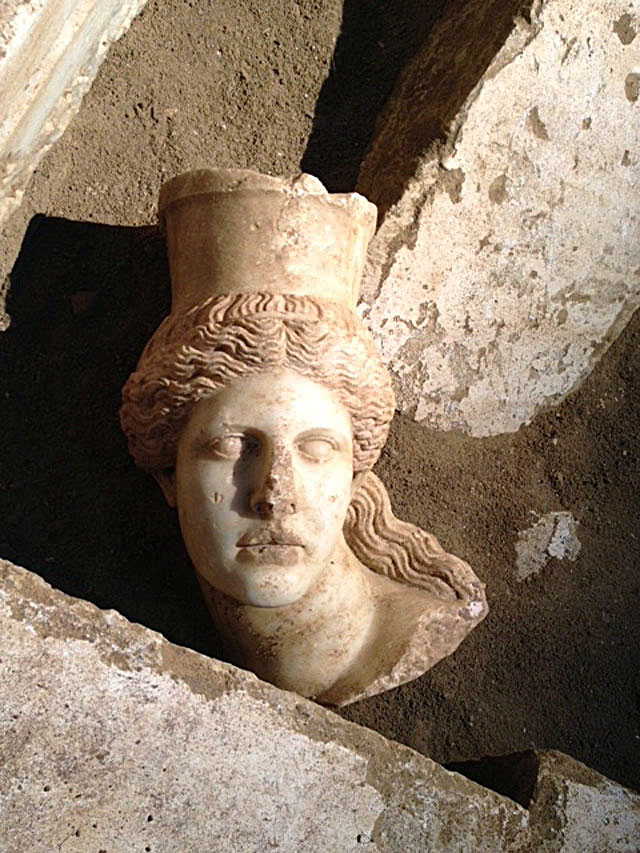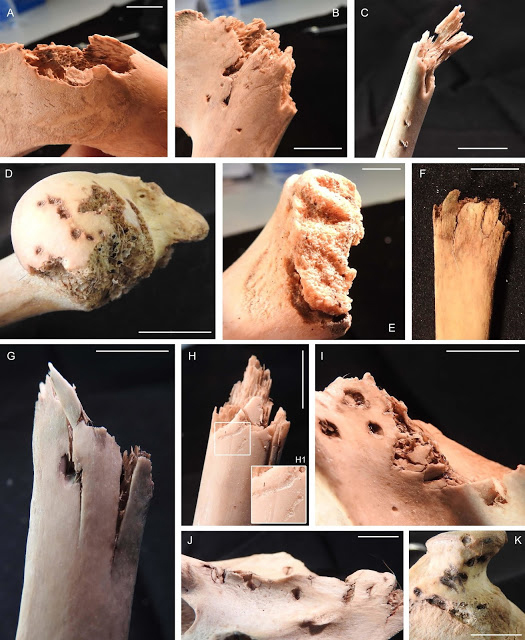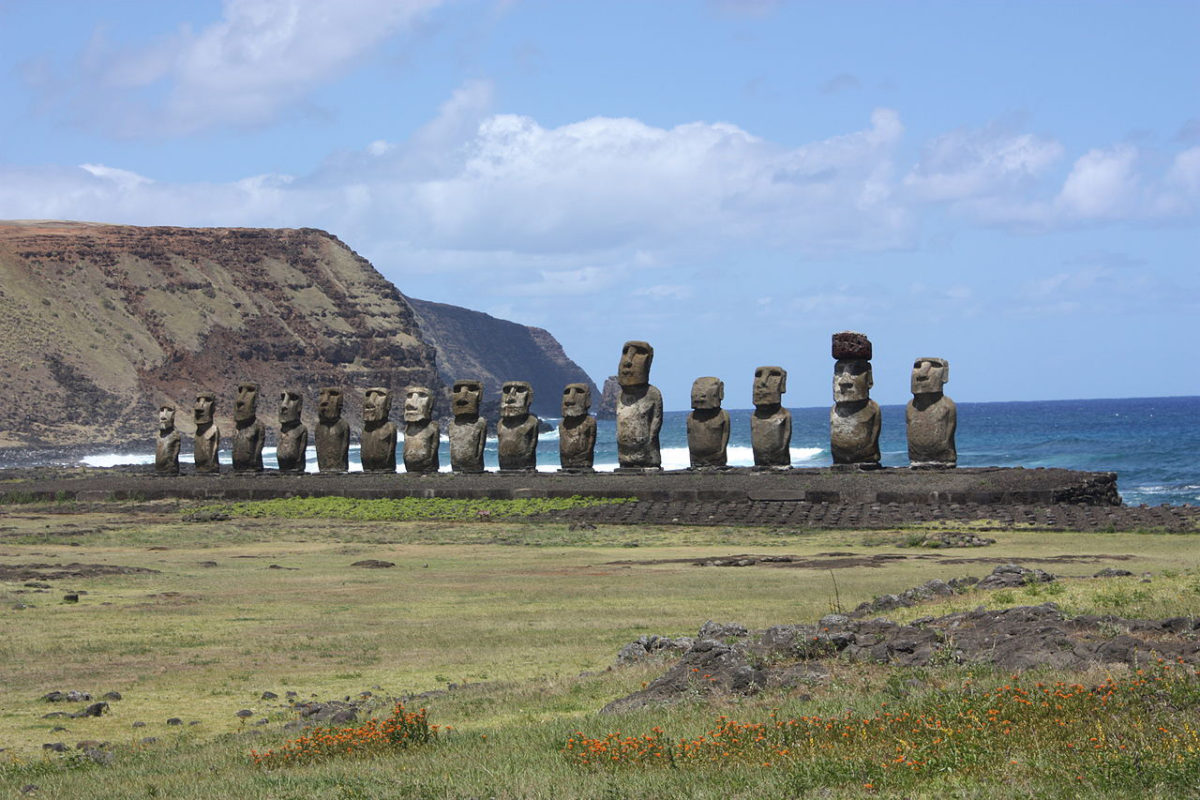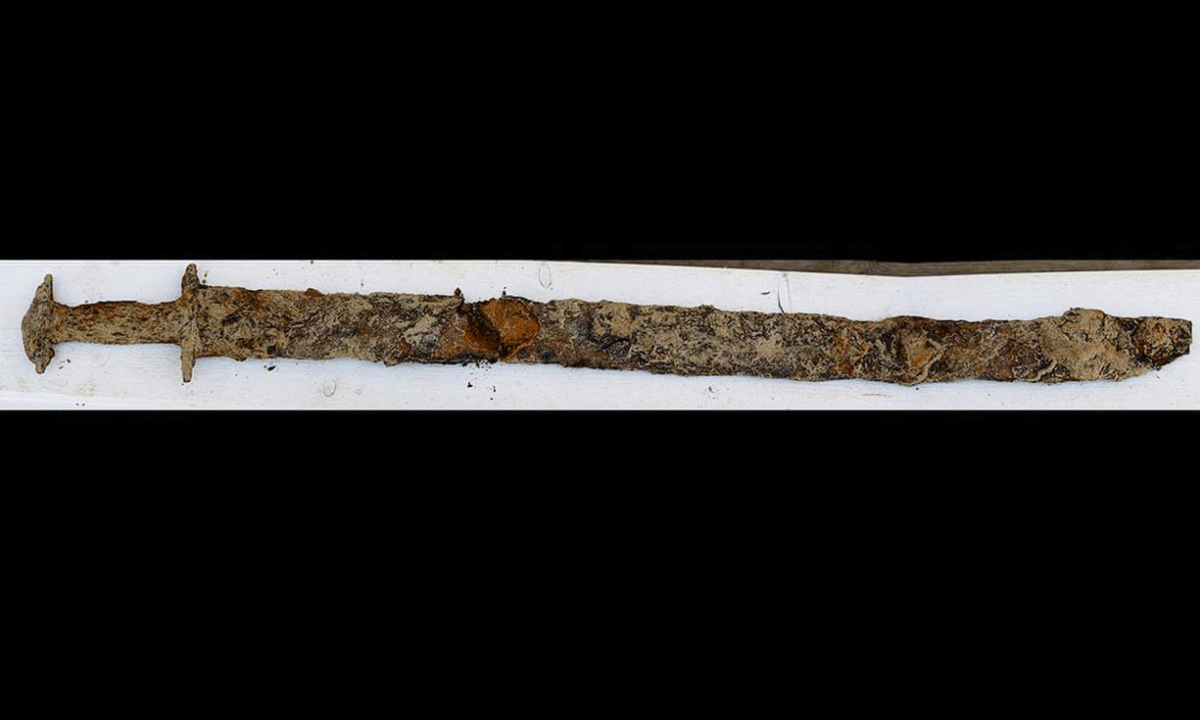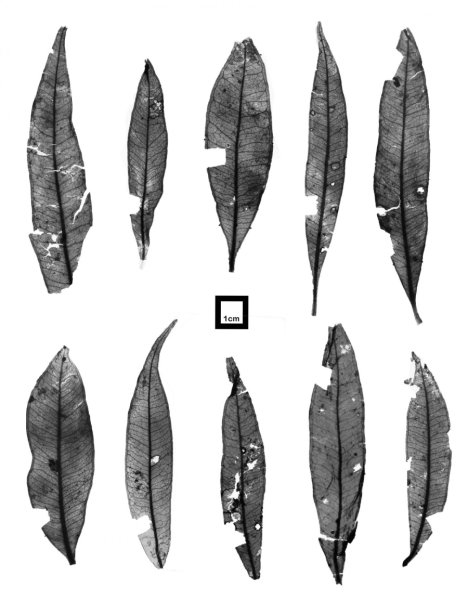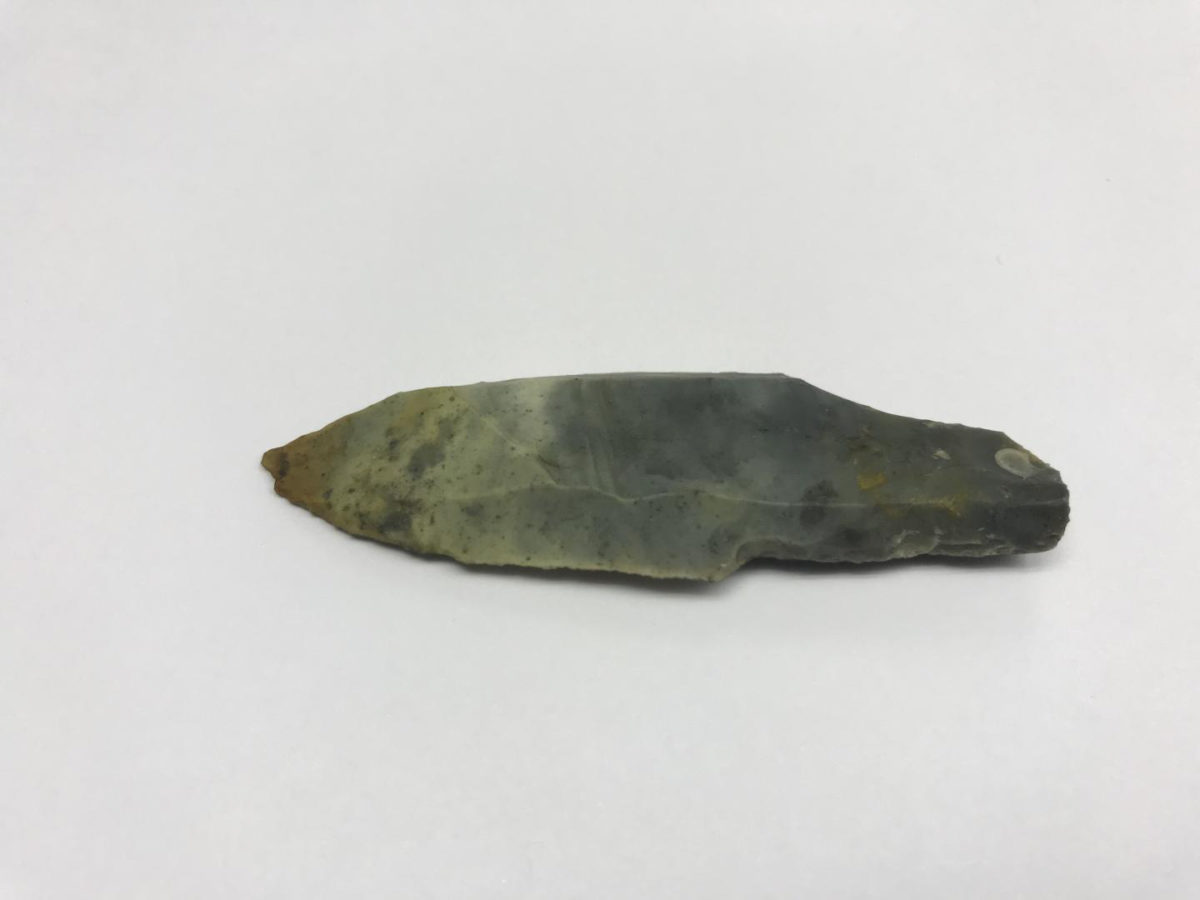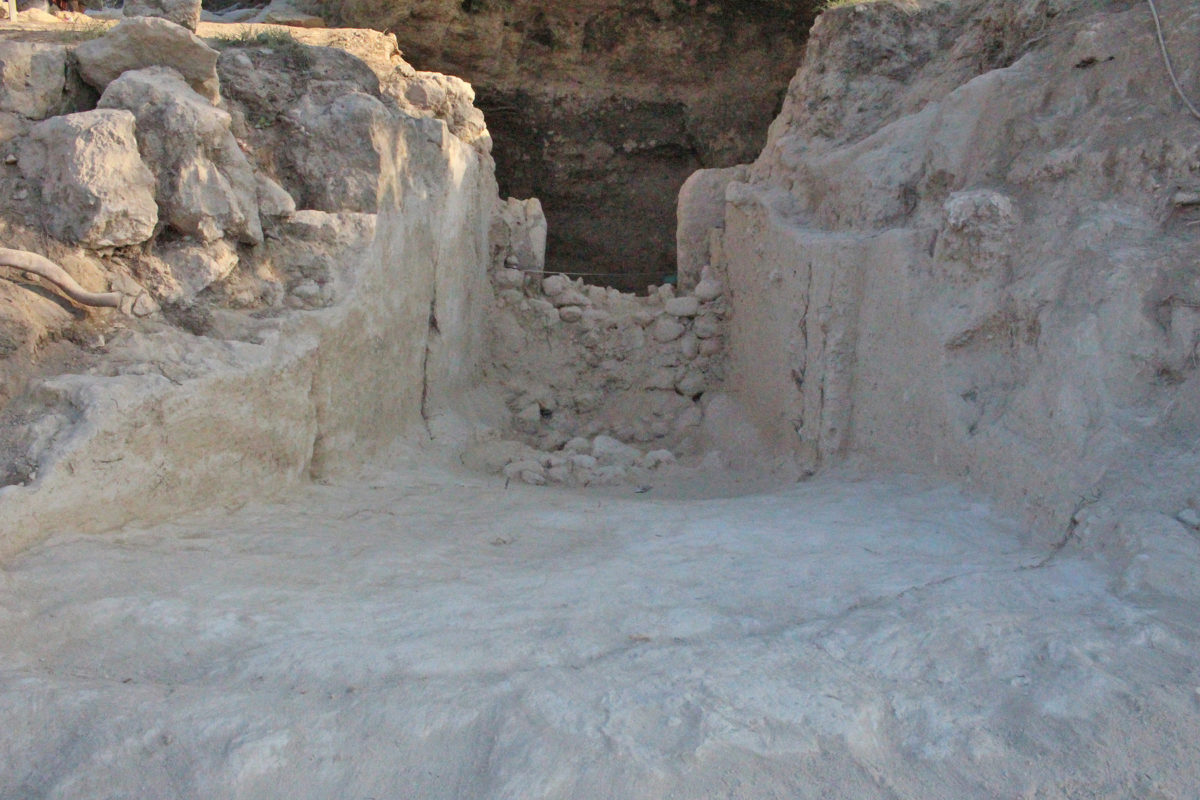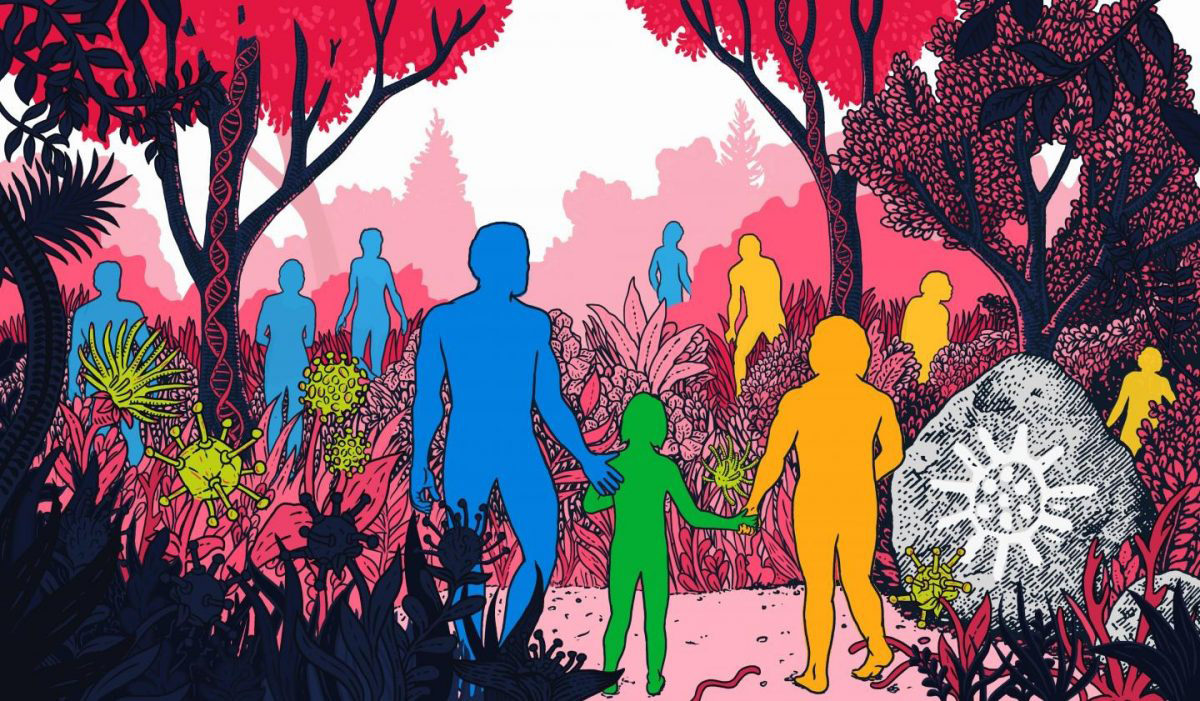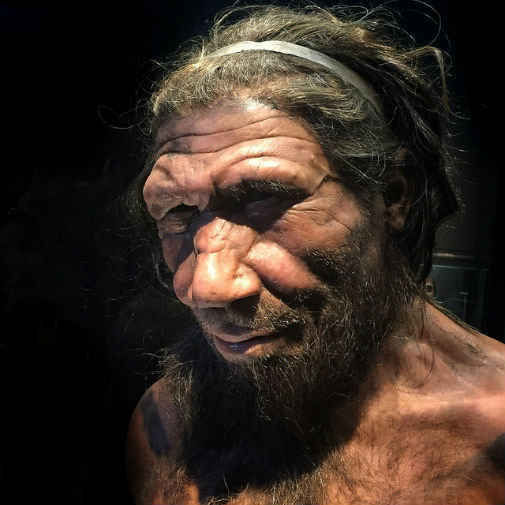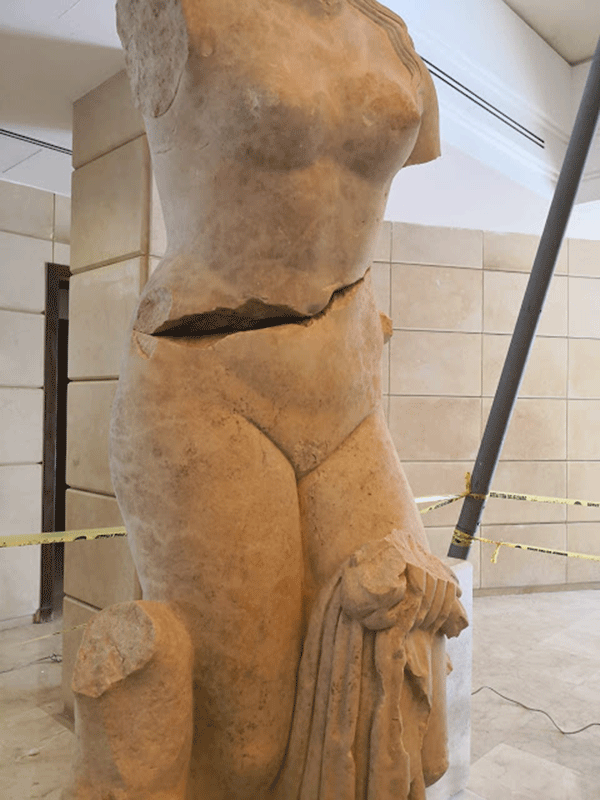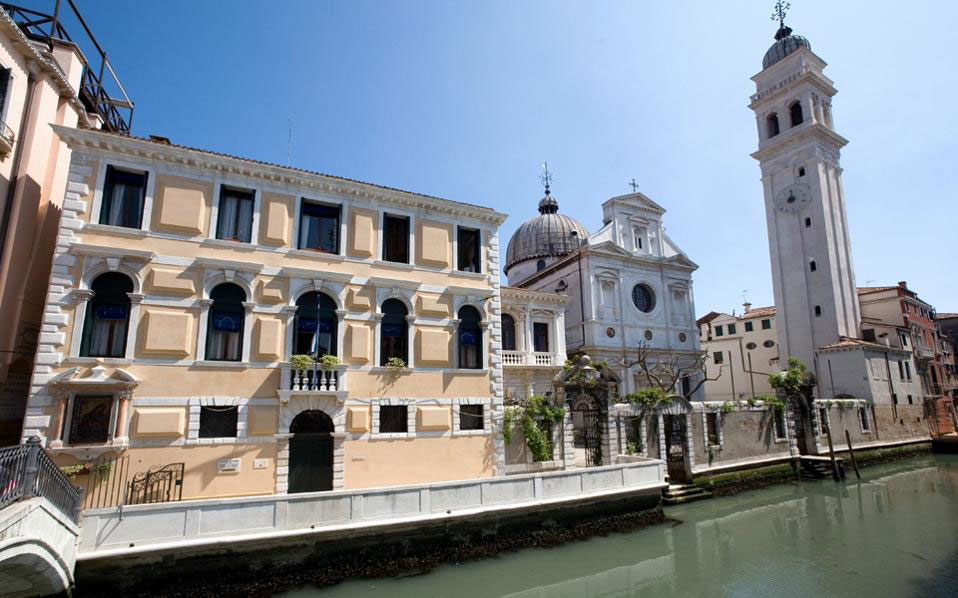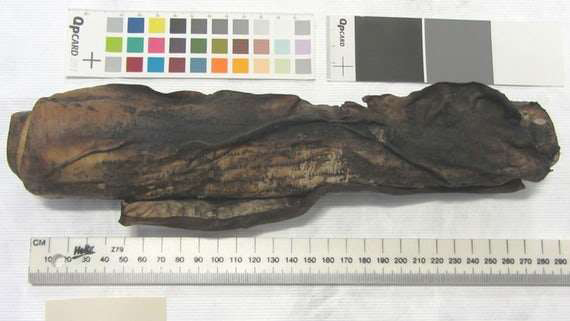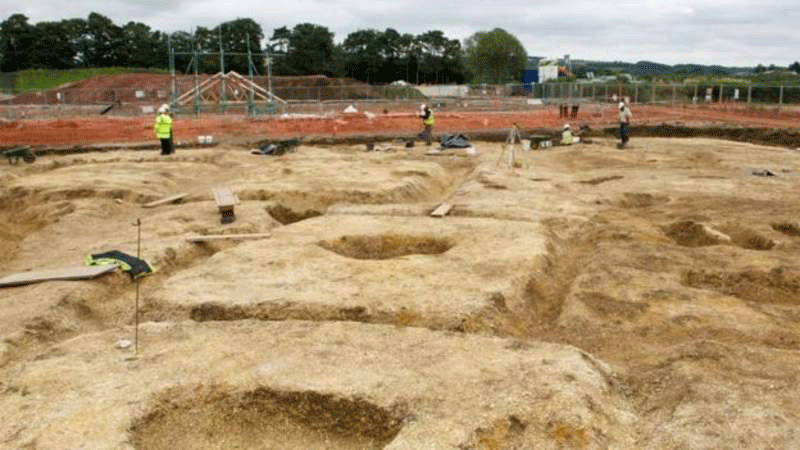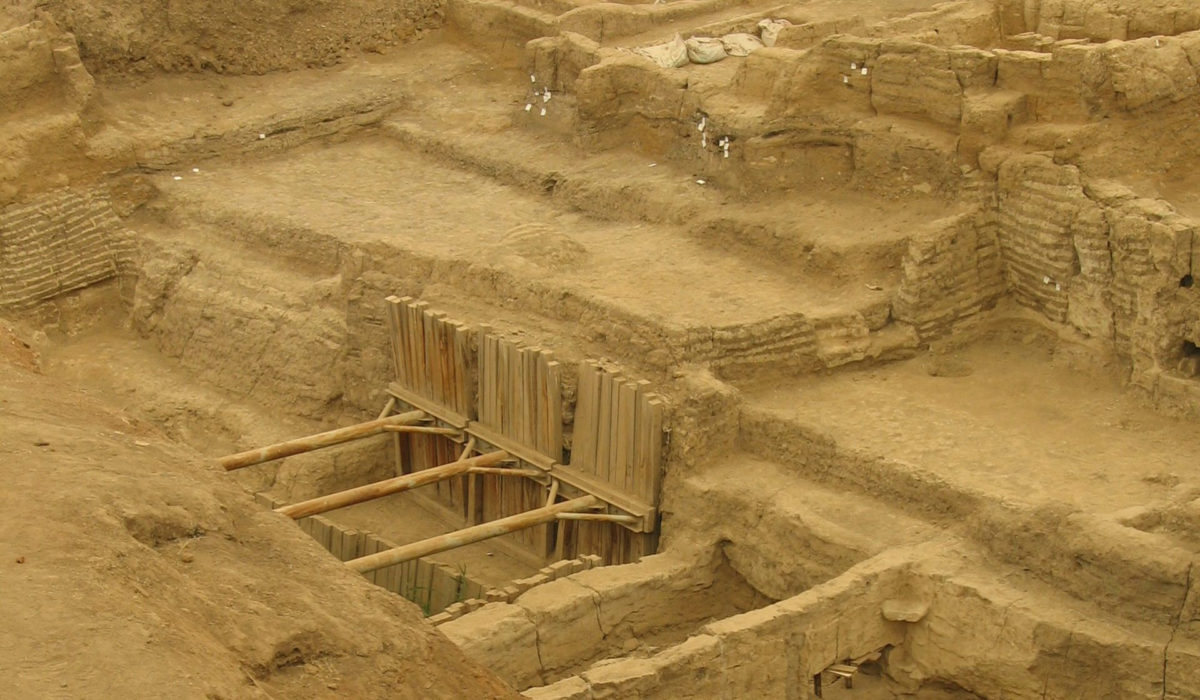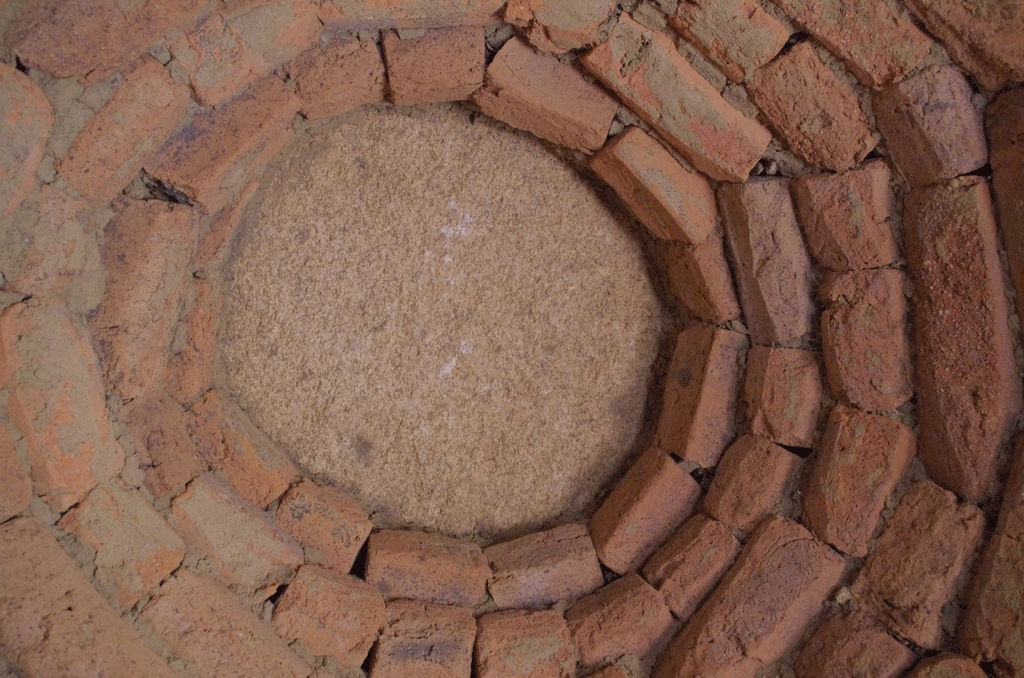Reconstructing the history of mankind with the help of fecal sterols
The story of mankind's presence on the planet can be told by studying the sediment and soil accumulation of these chemical compounds in human feces.
“The culture that connects us”
A unique online initiative that celebrates the diversity and liveliness of European cultural heritage.
The “Girl with Balloon” was shredded while being auctioned
One of the most well known works by Banksy was torn to pieces by a paper shredder hidden in its frame, the moment the hammer had secured the work.
Statistical method recreates the history of a long-abandoned village in Spain
Paola Ricci from the University of Campania "Luigi Vanvitelli" in Italy and colleagues used this approach to establish the history of the village in the time leading up to the Middle Ages.
Roman settlement discovered during A66 Eden Valley works
Foundations of the original Roman road, traces of Roman life – and death – have been identified at the site, where major carriageway reconstruction and resurfacing is being carried out.
Humans may have colonized Madagascar later than previously thought
New archaeological evidence from southwest Madagascar reveals that modern humans colonized the island thousands of years later than previously thought.
Multi-disciplinary research at ancient Maniki port
Excavation focused on three stratigraphic sections dug through the vast dumps of late Roman transport amphorae at the harbor’s edge.
Into the sanctum sanctorum of the funerary monument on the Kasta hill
Katerina Peristeri presented through numerous photographs all those elements that make this funerary monument so unique.
Small carnivores might be the most destructive in archaeological sites
A recent study attempts to simulate the actions of small carnivores at an experimental level and find diagnostic features that make them different from other agents.
Easter Island inhabitants collected freshwater from the ocean’s edge
Process of 'coastal groundwater discharge' made water safe to drink for ancient people of Rapa Nui.
New sections have opened of the wall of the Forbidden City
This move aimed to avoid overcrowding and give people a chance to admire the cultural monuments.
Girl finds Viking sword at the bottom of a lake
Last summer a spectacular discovery of an Iron Age sword was made in the lake Vidöstern by a little girl.
Lilly Pilly fossils reveal snowless Snowy Mountains
Leaf fossils discovered high in Australia's Snowy Mountains have revealed a past history of warmer rainforest vegetation and a lack of snow.
Salt: Mover and shaker in ancient Maya society
An anthropologist at LSU discovered remnants of an ancient salt works in Belize that provide clues on how the ancient Maya at the peak of their civilization more than 1,000 years ago produced, stored and traded this valuable mineral.
An intact grave was found at the Aidonia cemetery
The Mycenaean cemetery at Aidonia was located almost four decades ago, having been extensively looted and became more widely known in the 1990s.
Modern humans inherited viral defenses from Neanderthals
Many modern Europeans and Asians today harbor about 2 percent of Neanderthal DNA in their genomes.
Neanderthal healthcare practices crucial to survival
Research at the University of York has suggested that Neanderthals embraced healthcare practices, such as assisting in cases of serious injury and the challenges of childbirth.
Roman sculptures of Greek gods found in Jordan
Excavations in Jerash, Jordan, have yielded Roman sculptures of ancient Greek gods that historians and archaeologists have described as priceless.
Chr. Arabatzis: “The Hellenic Institute in Venice is being reborn”
The scientific and research relaunching of the Institute of Byzantine and Post-Byzantine Studies in Venice is being endorsed by the Supervisory Committee which took office at the beginning of June this year.
Scientists ‘virtually unravel’ burnt 16th century scroll
Researchers at Cardiff University have been refining their technique since they first revealed the hidden text of a scroll from Bressingham Manor over five years ago.
Iron Age chariot found at construction site
An Iron Age chariot has been found at a Yorkshire site during construction work, the second in less than two years.
Cuisine of early farmers revealed by analysis of proteins in pottery from Çatalhöyük
Knowledge of the diet of people living in the prehistoric settlement of Çatalhöyük almost 8000 years ago has been complemented in astonishing scope and detail by analyzing proteins from their ceramic bowls and jars.
A very small ancient Thracian brick tomb was found in Bulgaria
Archaeologists in Bulgaria have unearthed the smallest ancient Thracian brick tomb in the country, near the town of Rozovo.
Figures drawn by Çavdar Turks were found at a Temple of Zeus
Hundreds of figures drawn by Çavdar Turks on the Temple of Zeus in the ancient city of Aizanoi, in Turkey's Kütahya province have been discovered, recorded and will soon be included in a book with studies.
